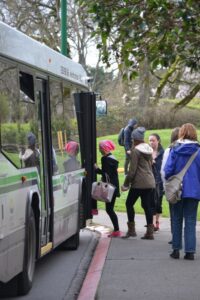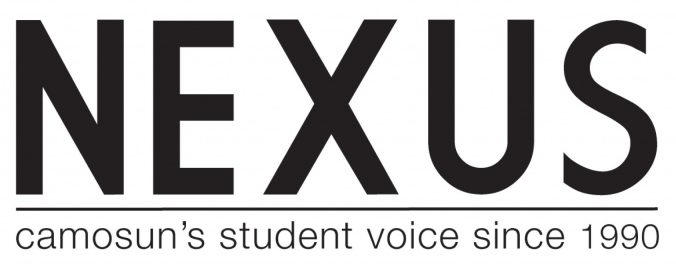Many post-secondary students depend on the transit system to get to campus, and the Camosun student body is no different. The fees they pay in their tuition provide them with access to a BC Transit UMO bus pass, so even if students have another way of arriving at school, it makes perfect sense to use public transit. But when it comes to fully relying on buses, many students’ experiences have left them disillusioned.
Victoria’s bus riding population is large, and while Statistics Canada shows that Victoria has a higher rate of convenient access to bus transit (in the range of 84 percent to 93 percent) when compared to other census metropolitan areas, disruptions and transit issues remain numerous—and for many routes, the number of buses scheduled is relatively low.
“I wish that the 39 ran later, because it doesn’t run very late, and it goes every hour. Same with the 8,” says third-year Business student Angel-Blue Horvath-Veselinovic. “So if you have late classes, it doesn’t always line up.”

Horvath-Veselinovic has also had classes at both Interurban and Lansdowne campuses and experienced struggle in transiting between the two on time. She isn’t the only one with complaints about the frequency of service. Second-year Visual Arts student Silvan Wood thinks similarly.
“I moved from Nanaimo, and the [Victoria] schedule is leagues better, so I was really excited when I moved here because I was like, oh, cool, I can actually catch buses,” says Wood. “But I find that the schedules on frequent routes aren’t necessarily frequent enough.”
Fourth-year Visual Arts student Erin MacQueen is in the same predicament.
“The only reason why I take the 95 is because buses like the 53 and the 65, that are actually a little bit more accessible to me, just never come,” says MacQueen.
Some students acknowledge that there are limitations due to the city’s size, but the issue hinders their ability to get to and from school.
“Victoria is not the biggest city, so our transit system is pretty limited in scheduling and where you could go,” says third year Art History & Visual Studies UVic student Rhiannon Jeffrey. “It’s difficult because obviously you need more people to take the bus to be able to offer more bus routes, and then those things take time.”
Schedule accuracy is also a common concern for students. Specifically, buses running severely late can at times lead to a pile-up. BC Transit’s Ridership Performance Report from March 2024 shows that their target is 70 percent on-time departures—a report from the previous year showed that 15 routes out of 57—26 percent—hit or exceed that percentage.
“I’ve had buses delayed or cancelled—and there’s lots of people coming on that bus, so if they’ve cancelled one bus, you might have to wait [for] two,” says MacQueen. “That’s still 15 minutes—so that’s 15 minutes less time that I have to get to school or work, so I have to be early.”
Jeffrey says that while taking the #4 bus at morning rush hour, between 8:00 and 9:00 am, the bus was consistently late; as a result, she was frequently late for class. She says she would like to see more bus lanes and express buses here in Victoria.
Horvath-Veselinovic also says buses are poorly scheduled and tend to get backed up, noting that routes such as the #14 would not come for an extended period of time, with two or three showing up simultaneously.
“Thank God most of the teachers are understanding of buses and their unreliability,” she says. “I’ve definitely been late to classes despite leaving on time and giving enough time.”
